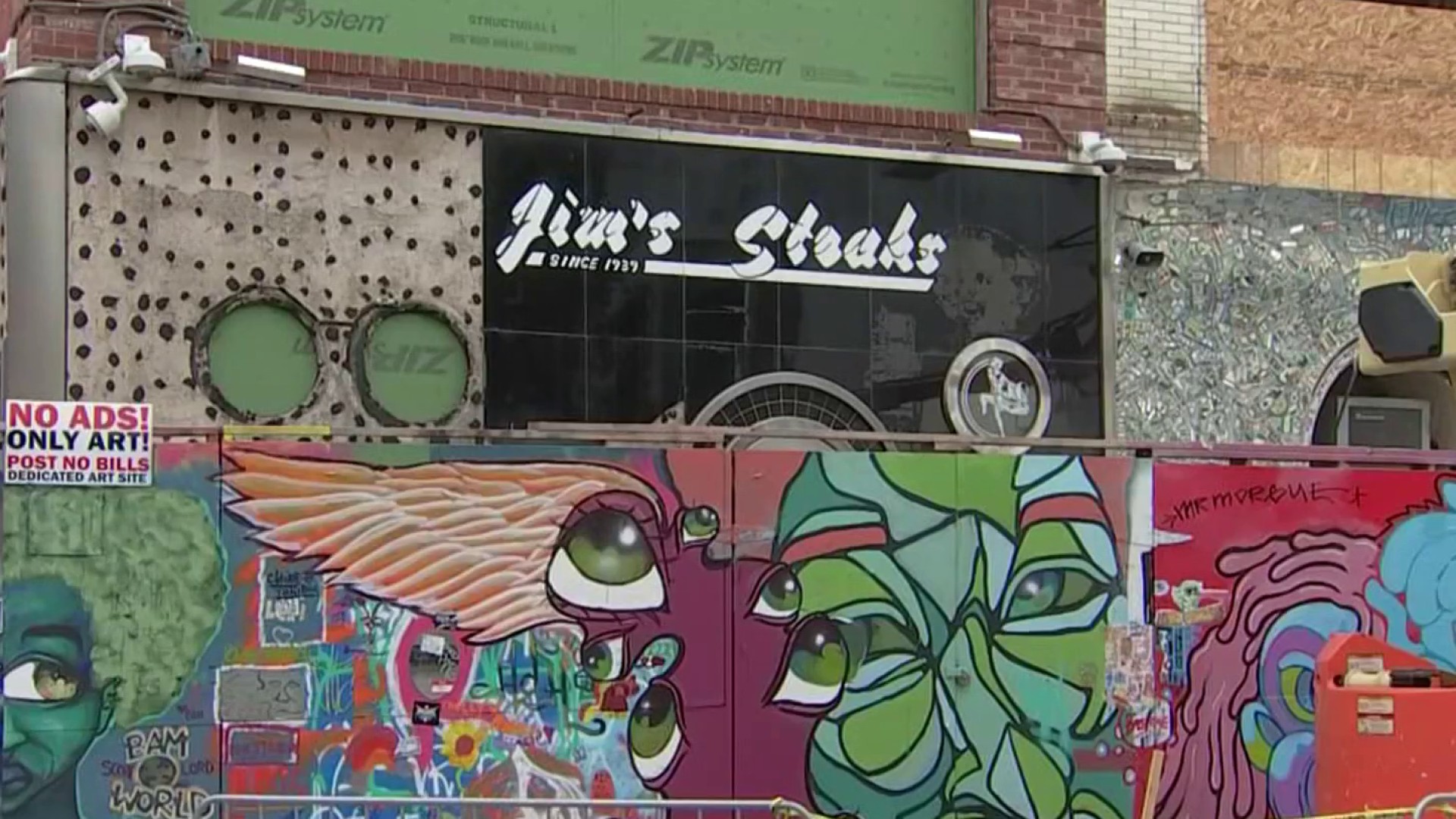A $125 million, multi-pronged solution to perpetual traffic problems on what is (ironically?) called the Schuylkill Expressway between Philadelphia and King of Prussia was announced by state transportation officials Tuesday.
The plan, which received the most media attention for its potential to allow drivers onto shoulders for some stretches, includes improvements to Interstate 76 and surrounding roads, mass transit enhancements and even, potentially, trail enhancements in adjacent towns.
“This corridor-wide strategy consists of several elements to improve travel whether you’re driving on the expressway, riding SEPTA’s regional rail, or bicycling along the Schuylkill River Trail,” state Transportation Secretary Leslie Richards said.
Construction on actual road improvements is expected to begin in mid-2017 and be completed in 2018. Improved service along SEPTA train lines in the region to the west of Center City, Philadelphia, is expected to improve ridership.
In addition to the well-publicized shoulder-riding proposal, the Department of Transportation announced these components to the traffic-easing plan:
• Ramp Metering: Red and green traffic signals to control the frequency with which vehicles enter the flow of traffic from entrance ramps to increase vehicle throughput during peak hours and increase expressway speeds;
• Junction Control: The use of overhead electronic signs over travel lanes to regulate or close lanes at merge areas to improve traffic flow at high volume interchanges, including U.S. 202/U.S. 422, I-476 and U.S. 1 north and south. It establishes lane priority at interchanges and makes shoulders available for use. This strategy can change based on the relative demand on the mainline and ramps during different hours of the day;
Local
Breaking news and the stories that matter to your neighborhood.
• Dynamic Lane Assignments: Overhead electronic signs provide information for each travel lane on the expressway to identify open lanes and alert drivers of upcoming lane closures due to crashes or disabled vehicles;
• Multi-Modal Enhancements: Utilize various modes of travel (automobile, public transit, bicycle, walking) and take advantage of viable transportation options along the I-76 corridor, including the Schuylkill River Trail and other nearby trails. PennDOT will work to convene a Schuylkill River Trail Master Plan Summit with our partners at the Delaware Valley Regional Planning Commission, Montgomery County, Philadelphia, the Bicycle Coalition, and the local municipalities to identify the needs and priorities of the heavily used trail which is used for both recreation as well as commuting.



